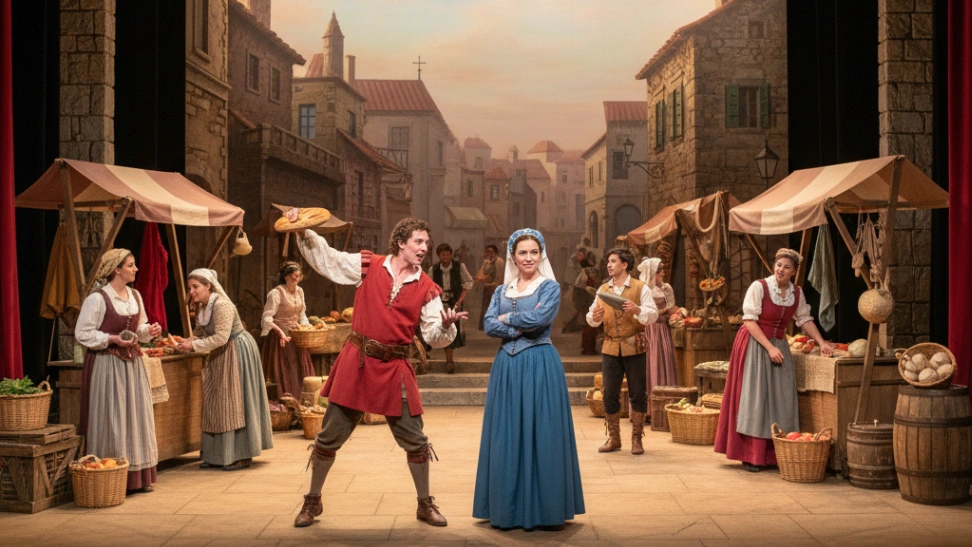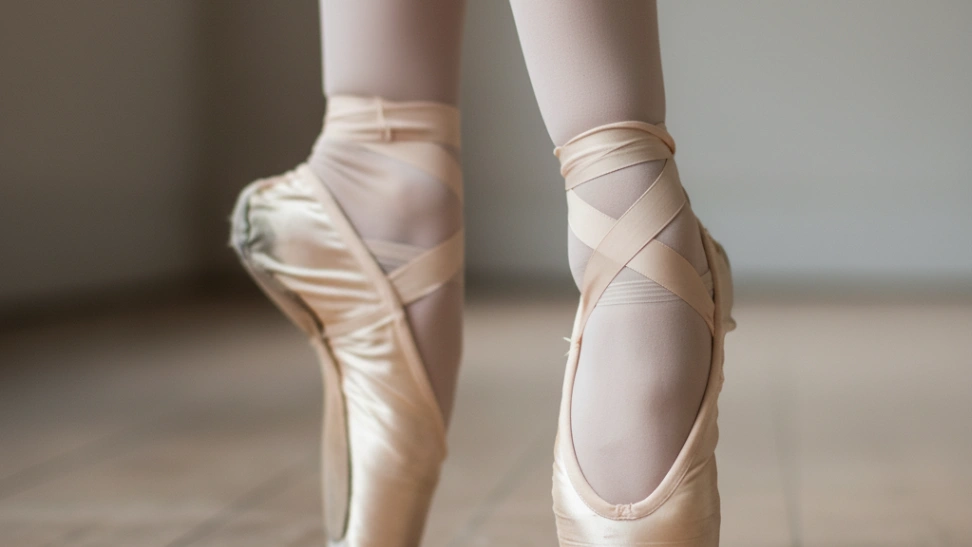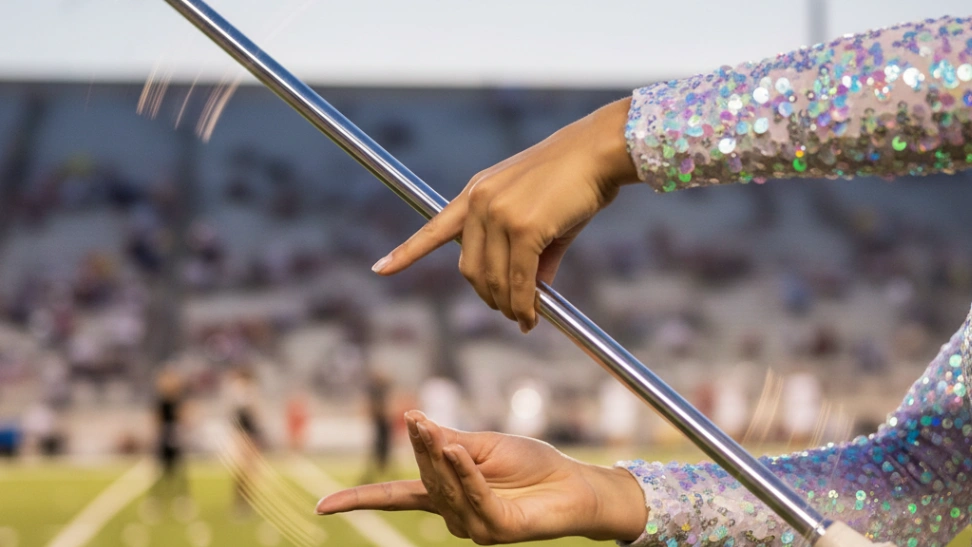Is This Hobby For You?
Ideal for those who love rhythm, sound creation, and performing using only their own body as an instrument.
Why You'll Love It
- Highly portable and accessible, requiring no equipment to start.
- Develops incredible vocal control, breath stamina, and rhythmic precision.
- Opens doors to diverse musical collaborations and performance opportunities.
Good to Know Before You Start
- Can be vocally demanding and cause strain if not practiced properly or without warm-ups.
- Requires significant dedicated practice to achieve advanced sounds and complex routines.
- May not appeal to those who prefer instrumental music or structured compositions.
Hobby Traits
How the community rates this hobby.
Getting Started: The Essentials
The basic requirements to begin your journey with Beatboxing.
Startup Cost
$0
Community-voted average
Ongoing Cost
None
Monthly upkeep estimate
Essential Gear
Your Mouth and Vocal Cords
The primary instrument for creating all beatboxing sounds and rhythms.
Microphone
Essential for amplifying your sound during performances or recording practice sessions.
Learning Curve
Overall Difficulty: Easy
Associated Skills
Skills you can expect to develop while pursuing this hobby.
A Closer Look at the Traits
High-Energy
A high-energy activity that gets your heart pumping and body moving.
Purely for Fun
Pursued purely for enjoyment, relaxation, and the fun of the activity itself.
Outdoorsy
Best enjoyed outside, but can often be done in a park or your own backyard.
Moderately Physical
Involves movement and coordination, but isn't a strenuous workout.
Purely Creative
A highly creative and expressive outlet for your imagination and artistic side.
Social/Solo Balance
Can be enjoyed alone or with a small group, offering a mix of personal focus and social interaction.
Frequently Asked Questions
Similar Hobbies
Hobby Traits
How the community rates this hobby.



